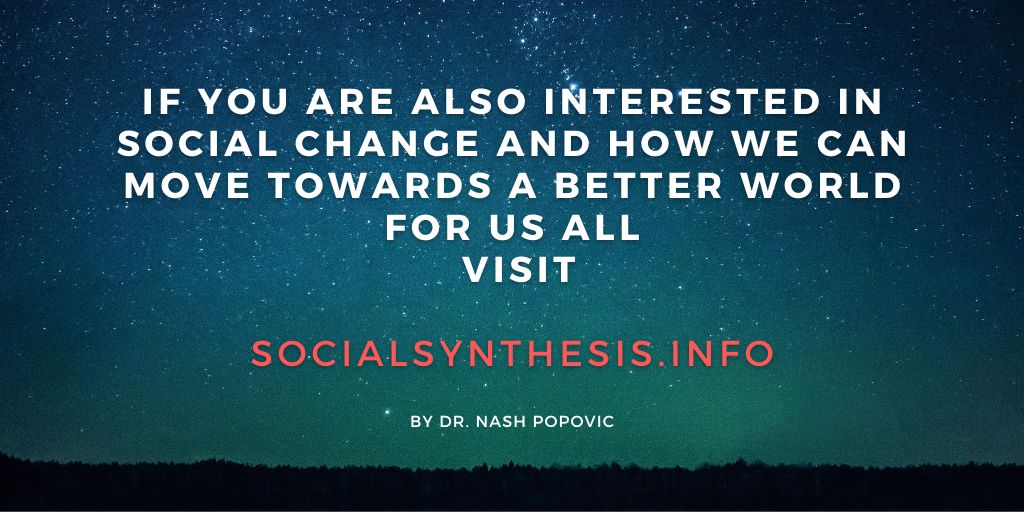2. Relating to Oneself
Paradoxically, change seems to happen when you have abandoned the chase after what you want to be (or think you should be) and have accepted – and fully experienced – what you are.
Janette Rainwater (American psychotherapist)
In this area, we will consider the two basic attitudes we can have towards ourselves: acceptance and rejection. Shame and guilt are closely related to these attitudes, so they are addressed too.
Acceptance and rejection
These are common signs of acceptance and rejection:
| SELF-ACCEPTANCE |
SELF-REJECTION |
|
|
Why acceptance is better
Accepting yourself is better than rejecting because we can’t get away from ourselves. Rejection doesn’t make the rejected part disappear; its influence only shifts to the subconscious level and in that way often grows. It also creates an inner conflict that is unpleasant and energy consuming. As Freud noticed a long time ago, not only is the initial act of repressing effortful, but continuous energy is needed to keep the rejected suppressed. On the other hand, acceptance enables you to reduce inner conflicts, and build security and confidence. It is also the basis of personal integrity. And let’s not forget that those who accept themselves are more likely to be accepted by others too.
Acceptance and change
Some people do not want to accept disagreeable aspects of themselves because they believe that this would prevent them from making a change. However, rather than leading to a constructive change, rejection more often leads to an attempt at a shortcut – creating a false personality (see ‘Self-deceit’). So, let’s make it clear: acceptance does not mean complacency – quite the opposite, it can be the first step toward a constructive change. After all, by accepting what you have previously rejected you are already making a change. It is easier to move on if we first acknowledge where we are. Furthermore, acceptance may be good even if it doesn’t lead to a change. For example, accepting your limitations may help you form realistic expectations and minimise disappointment. You may ask, ‘But if I accept everything, won’t I lose the desire to change?’ Not necessarily; accepting fully that you are where you are now doesn’t preclude wanting to make a move: the present and the future don’t need to be the same. Acceptance will only help you decide if the change is worthwhile. The exercise below can help you find out how you relate to various aspects of yourself and develop a more accepting attitude.
Developing self-acceptance: imagine that you are watching yourself in the cinema; your body, behaviour, attitudes and habits. You can see your thoughts, feelings, desires and fantasies too. Have you noticed something that makes you uncomfortable, that you don’t accept (be aware that positive things may also be difficult to accept)? If you have, come back to that and note your reactions. Now, imagine how it would feel if you accepted it. To nurture this feeling, it may help to think that you are your own best friend – treat yourself in this way. Also, try to see that what you find difficult to accept in a context, as one part of the whole picture of your life. If the old rejecting thoughts and attitudes return out of habit, just keep saying to yourself, ‘Right now, I accept.’
Guilt and shame
Guilt and shame are similar but not the same. One useful way to distinguish between them is thinking of shame as a reaction to a perceived digression from social norms and guilt as a reaction to a perceived digression from personal norms. So, guilt is related more to your own judgements, while shame is related more to a concern for the judgements of others (who do not actually need to be present, you may just imagine them). For example, if you notice that your fly is open, you will probably feel nothing if you are on your own; but if you are, say, in a shopping centre and others notice it, you are likely to feel embarrassed (a mild form of shame). On the other hand, you may feel guilty for eating an extra piece of cake, even if nobody else is bothered by it.
The purpose of guilt and shame
Why do we have these largely unpleasant feelings in the first place? Well, guilt and shame indicate that we now know better and that we are ready to change, which can deter us from repeating the same mistakes. This means that such feelings are appropriate only for actions and their consequences that we are responsible for. Feeling ashamed or shaming others for something that we or they cannot do anything about (e.g. height, nationality, age, some physical features), is misplaced, to say the least.
However, if guilt and shame are a response to actions for which you are responsible, they can be used as a motivational force for change. In the case of shame, this doesn’t necessarily imply changing your behaviour. You may decide that the related social norms you are subjected to are inadequate (they, indeed, sometimes might be) and make a resolution to withstand their pressure.
In any case, being stuck with these feelings can be debilitating, make you insecure and arouse suspicion among others. So it is a good idea to consider how you can deal with them. We will start with frequently used ‘methods’ that are, in fact, not very useful and then move to five steps that may help you not only deal with these feelings but also utilise their power.
Dealing with guilt and shame
There are some quite common but not very effective ways of dealing with these feelings:
- Ignoring guilt and shame is not good as it means ignoring a part of yourself. Also, to keep the lid on them, you may be compelled to repeat that what you feel guilty or ashamed about.
- Self-punishment can make you feel temporarily better, but it doesn’t really make a difference and, if you believe that it can bail you out, it too can lead to doing the same thing again.
- Justifications, excuses, and blaming others are also not very helpful. Even if they work for others, deep down they won’t work for you but will stop you from instigating change.
Let’s see what else we can do. Guilt and shame are the results of a conflict between an image we have about ourselves and our actions. We can get rid of them by accepting that we are not the person we thought we are (e.g. not as good or as self-disciplined) but this can be depressing. So the trick is to accept that we were not the person we thought we were, but that we can be. These steps can help us get there and be able to move on.
Using guilt and shame for good
- Accept that what happened, heppened and take responsibility (to the extent you are responsible) for any consequences of your actions.
- Correct what can be corrected.
- Acknowledge your feelings and try to understand, without making excuses, why you did what you did.
- Use this to learn from your experience and motivate yourself to initiate some changes in your life.
- Make a firm resolution and think of strategies that will help you put that resolution into practice.
- Once you achieve that, you can forgive yourself on the basis that you have changed – you are no longer that person who made the mistake.
We will see in the next area how we can make a lasting change.

